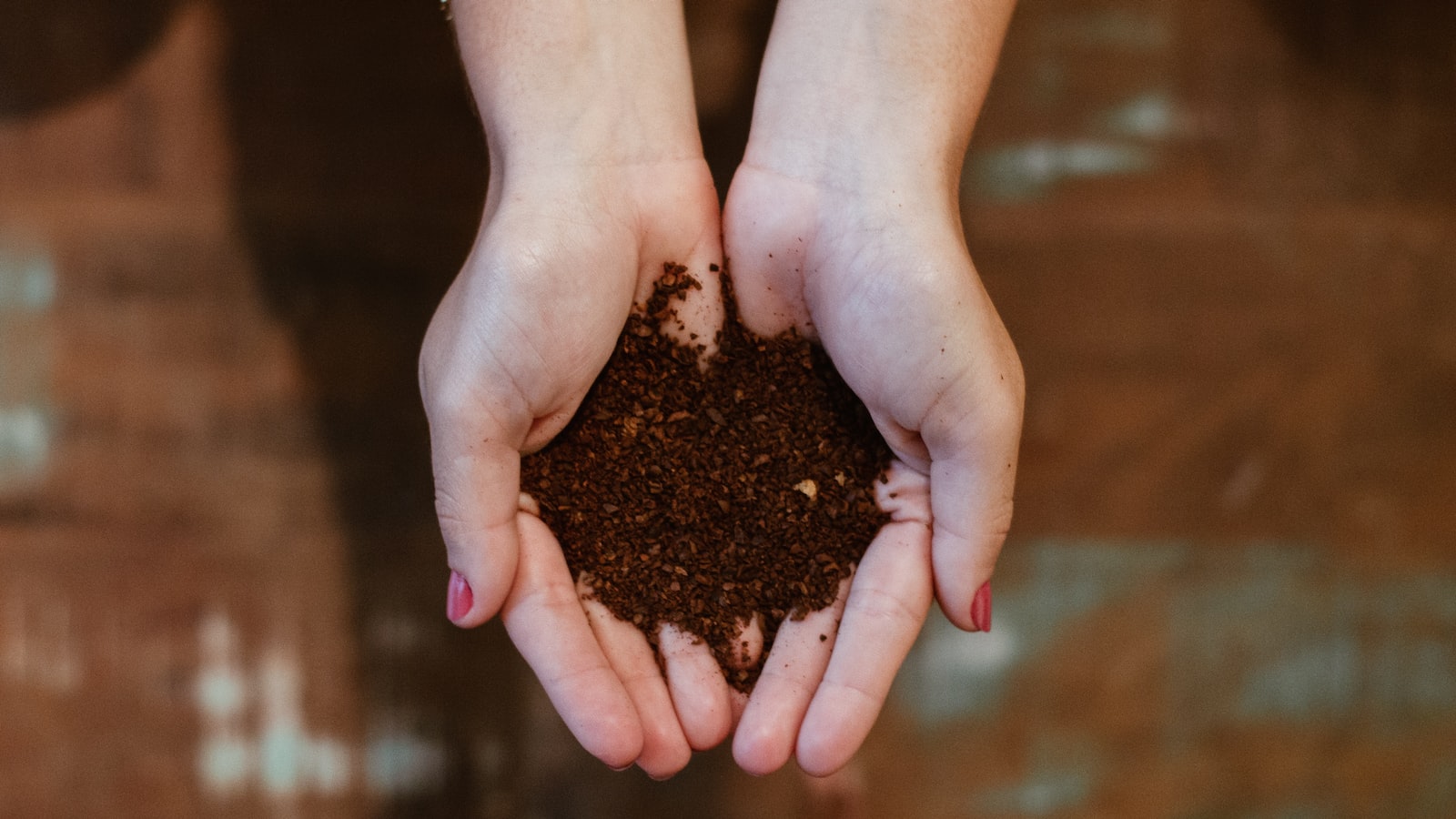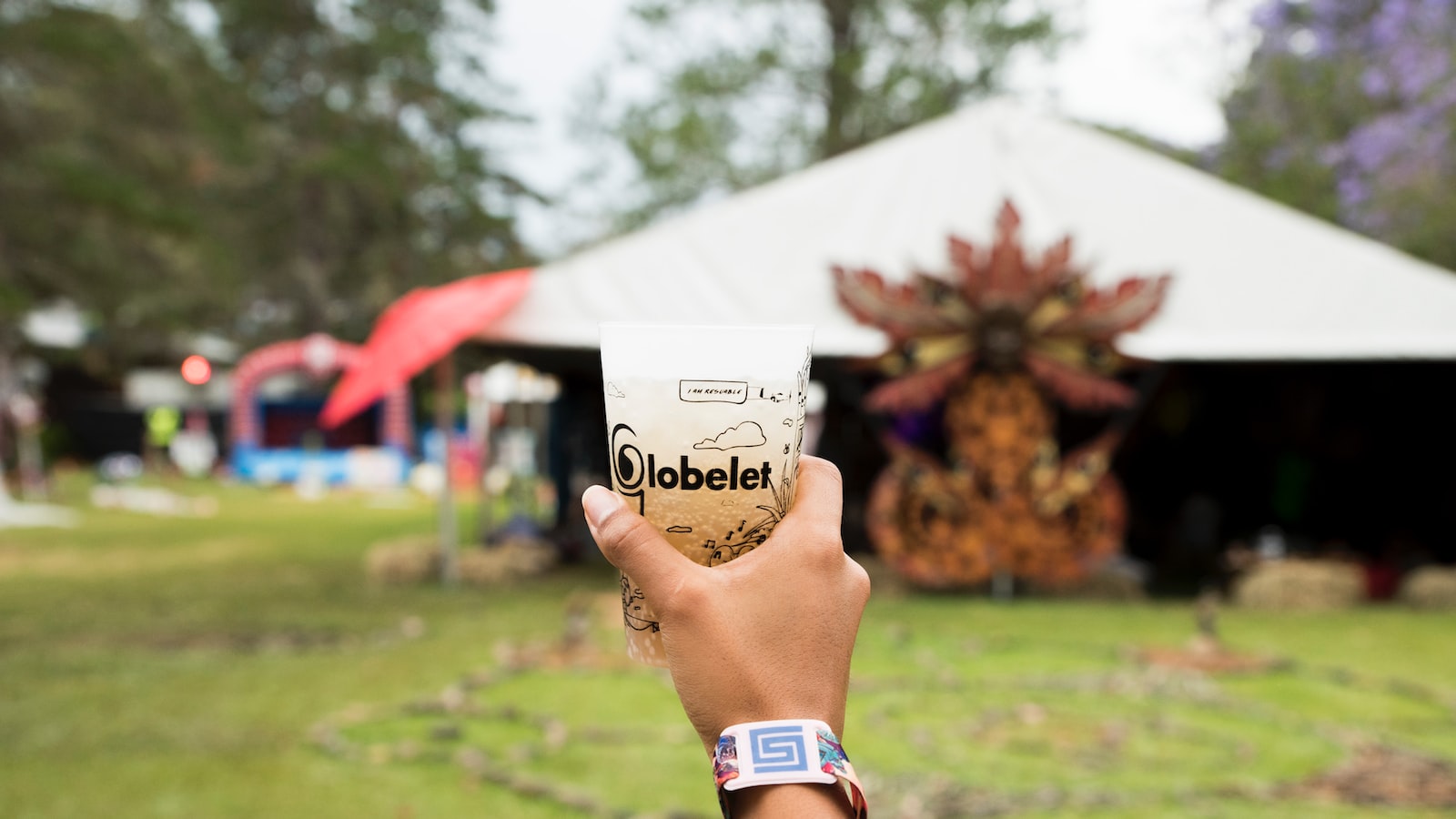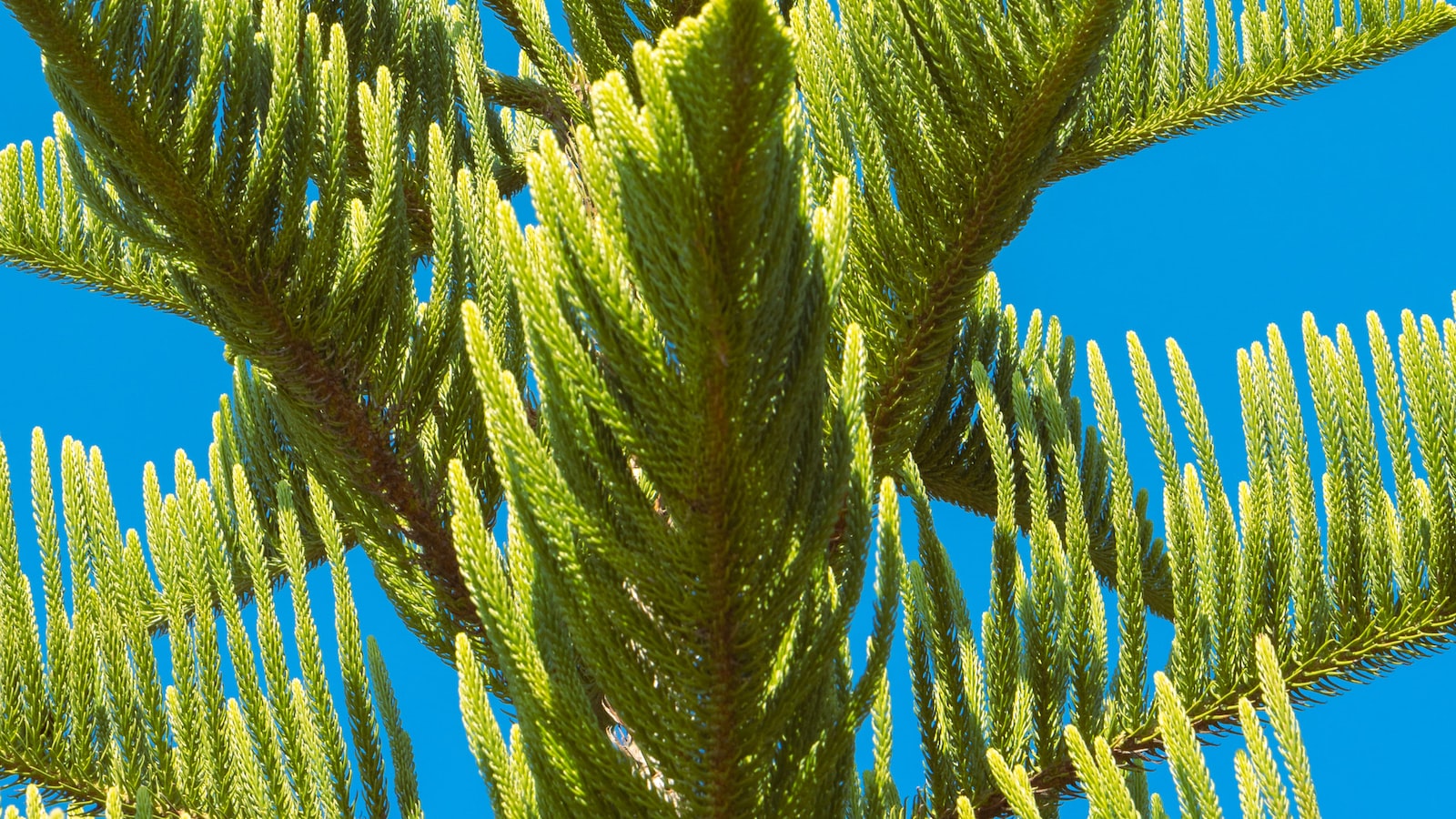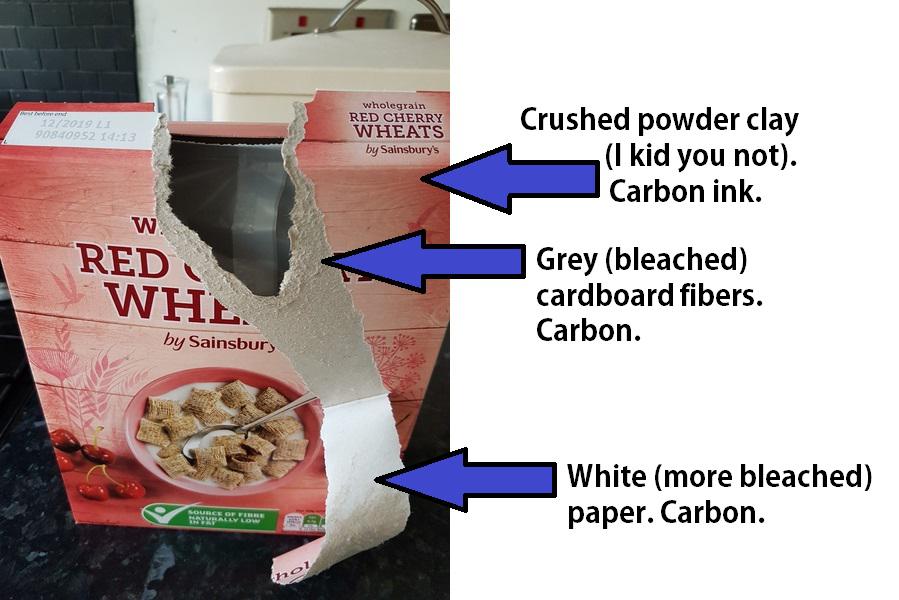Unleashing the power of Mother Nature’s recycling program, composting has become an increasingly popular practice to help reduce waste and nourish our gardens. While most of us are enthusiastically tossing our fruit peels, coffee grounds, and even eggshells into the compost bin, a lingering question remains: can I extend the invitation to our trusty cereal boxes? With their vibrant designs and sturdy structures, these breakfast companions often leave us pondering their fate. Today, we embark on a quest to uncover the truth behind composting cereal boxes. To crumble or not to crumble, that is the question! Join us as we dig deeper into this crunchy conundrum, seeking clarity amidst the intricate world of compost and cardboard.
Composting Cereal Boxes: A Sustainable Approach to Reduce Waste
Cereal boxes are a common sight in our households, often piling up in our recycling bins. But have you ever wondered if there’s a more sustainable approach to dealing with them? The answer is yes! Composting cereal boxes is not only an eco-friendly solution but also a great way to reduce waste and give back to the environment.
Composting cereal boxes is a simple process that can be easily incorporated into your everyday routine. The first step is to remove any plastic or metal components from the box. Once you have the plain cardboard, you can tear it into smaller pieces or shred it to speed up the composting process. Remember to remove any glossy or colored parts as they may contain chemicals that can harm the quality of your compost.
Here are some features and tips to consider when composting cereal boxes:
| Features/Tips | |
| 1. Cardboard Type | Opt for plain cardboard boxes without any plastic coating or glossy prints for composting. |
| 2. Shredding | To speed up decomposition, shred or tear the cardboard into smaller pieces before adding it to your compost pile. |
| 3. Layering | Alternate the layers of cardboard with other compostable materials like kitchen scraps, leaves, or grass clippings to create a balanced compost pile. |
Composting cereal boxes is not only beneficial for your garden but also helps to divert waste from landfills. By following these simple steps and incorporating them into your composting routine, you can make a significant contribution to reducing waste and embracing a more sustainable lifestyle. So next time you finish that box of cereal, think twice before tossing it into the recycling bin and give composting a try!

Understanding the Compostability of Cereal Boxes: Material Composition and Biodegradability
So, you’re enjoying your favorite cereals every morning and wondering what to do with those empty cardboard boxes once you’re done? The good news is, you can compost cereal boxes! Composting these boxes is not only eco-friendly but also a great way to reduce waste and contribute to a healthier environment. However, before tossing them into your compost bin, it’s essential to understand the compostability of cereal boxes, including their material composition and biodegradability.
Cereal boxes are typically made from cardboard, a type of paperboard that is derived from wood fibers. This material, when processed correctly, can break down naturally over time. Cardboard used for cereal boxes is usually lined with a thin layer of polyethylene, a plastic film that prevents moisture and oils from leaking through. While this plastic lining could hinder complete decomposition, it can still be composted under certain conditions. The first step in composting cereal boxes is to remove any plastic liners, including any plastic windows or closures.
| Composting Tips: | Features: |
|---|---|
| 1. Shred or tear: | Shredding or tearing cereal boxes into smaller pieces speeds up the decomposition process. |
| 2. Carbon-to-nitrogen ratio: | Mix the shredded cereal boxes with other compost materials, such as fruit peels or vegetable scraps, to balance the carbon-to-nitrogen ratio in your compost pile. |
| 3. Layering technique: | Alternate layers of shredded cereal boxes with organic waste to enhance air circulation and promote efficient decomposition. |
Before adding cereal boxes to your compost, ensure they are free from any food residues or contaminants. Recycling or reusing the plastic components is also a sustainable option. Remember, composting cereal boxes is just a small part of your overall composting efforts. By composting organic materials, including cereal boxes, you’re not only diverting waste from landfills but also creating nutrient-rich soil for your garden. Happy composting!

Guidelines for Composting Cereal Boxes: Preparing and Processing for an Effective Composting System
Cereal boxes are a common item in many households, but have you ever wondered if they can be composted? The good news is that YES, cereal boxes can be composted, and it’s actually quite simple to do so! By following a few guidelines for preparing and processing cereal boxes, you can effectively incorporate them into your composting system.
First and foremost, it’s important to remove any plastic or metal components from the cereal boxes before composting. Check for any plastic or metal linings, windows, or closures and discard them in the appropriate recycling bin. Once the boxes are free from non-compostable materials, you can tear or cut them into smaller pieces. This will help in speeding up the decomposition process and ensure that the composting microbes can break them down effectively.
Next, add the torn or cut cereal boxes to your compost pile or bin. Make sure to create a balanced mix of green (nitrogen-rich) and brown (carbon-rich) materials, such as kitchen scraps, yard waste, and dry leaves. The cereal boxes will contribute to the carbon content of your compost, which aids in balancing the nitrogen-rich materials. Remember to regularly turn or mix your compost pile to provide oxygen to the microorganisms and enhance decomposition.
To maximize the composting process and ensure the best results, here are a few features and tips to keep in mind:
| Features | Tips |
|---|---|
| Biodegradable material | Use cereal boxes made from recyclable and compostable materials. |
| Carbon-rich contribution | Shred or cut the cereal boxes into smaller pieces for faster decomposition. |
| Brown material balance | Combine the cereal boxes with nitrogen-rich materials in your compost pile. |
So, the next time you finish a box of cereal, don’t toss the box into the landfill. Instead, give it a new life by composting it! With proper preparation and processing, cereal boxes can be a valuable addition to your composting system, helping you reduce waste and create nutrient-rich soil for your garden. Happy composting!
Eco-Friendly Alternatives: Recycling or Reusing Cereal Boxes to Minimize Environmental Impact
When it comes to reducing our environmental impact, finding eco-friendly alternatives is crucial. One option that many people consider is recycling or reusing their cereal boxes. But what about composting them? Can cereal boxes be added to your compost pile? Let’s find out!
Cereal boxes are typically made from cardboard, which is a biodegradable material. This means that under the right conditions, cereal boxes can break down naturally over time. However, it’s important to note that not all cereal boxes are created equal. Some have a glossy or plastic coating, which hinders the decomposition process. If your cereal box has this coating, it’s best to recycle it rather than composting it.
| Features | Tips |
|---|---|
| 1. Made from biodegradable cardboard | 1. Check for glossy or plastic coating |
| 2. Can break down naturally over time | 2. Remove any non-biodegradable elements before composting |
| 3. Provides a sustainable alternative to recycling | 3. Cut or tear the cereal box into smaller pieces for faster decomposition |
In conclusion, while composting cereal boxes is possible, it’s important to consider the materials and coatings used in their production. If your cereal box is made solely from biodegradable cardboard, feel free to add it to your compost pile! However, if it has any non-biodegradable elements or a glossy/plastic coating, it’s best to opt for recycling instead. By making conscious choices about how we dispose of cereal boxes, we can minimize our environmental impact and contribute to a more sustainable future.
Frequently Asked Questions
Q: Can I compost cereal boxes?
A: Absolutely! Cereal boxes can indeed be composted, adding a sprinkle of eco-friendliness to your garden routine.
Q: But what about the shiny, glossy coating on the box?
A: Fear not, fellow composter! Most cereal boxes nowadays are coated with a thin layer of a water-based, biodegradable substance. This means that the shiny part of the packaging can still break down in your compost pile, leaving no guilt behind.
Q: Any tips for composting cereal boxes effectively?
A: Certainly! Before adding those cereal boxes to your compost bin, it’s best to remove any plastic inserts or bags inside. Tear the boxes into smaller pieces to speed up the decomposition process. Mix these paper-based goodies with other organic matter like fruit peels, coffee grounds, or fallen leaves for a well-balanced compost feast.
Remember, composting cereal boxes not only reduces your waste but also nourishes the soil, making your plants extra happy. So go ahead, embrace the crunchy goodness and compost those boxes with a smile! As we pack our compost bins with food scraps, vegetable peels, and yard trimmings, our eco-conscious minds often wander to other potential items that could join this natural recycling dance. One such item is the humble cereal box, standing tall and proud, its vibrant colors and enticing promises still lingering in our thoughts long after breakfast. So, can we compost cereal boxes? We ventured to unearth the truth, guiding you through the tangled web of fibers, adhesives, and inks.
As we delved into the depths of these cardboard wonders, we discovered the intricate dance between nature and human engineering. Soaked in creativity, each cereal box is artfully crafted using recycled materials, transformed into a sturdy cocoon to protect and entice. Yet, hidden within their alluring designs lies a complex composition that begs the question, can nature embrace this manmade marvel?
The answer, dear compost enthusiasts, is a resounding “yes, but with caution.” For while cereal boxes are predominantly constructed from cardboard, not all are created equal. Some bear a waxy sheen, a protective layer that resists moisture and oils, safeguarding your precious morning feast from insulting disintegration. Alas, this same protective barrier stumbles as it tangoes with our composting ambitions, slowing the decomposition process and thwarting the harmony of the pile.
However, dearest cereal box lovers, do not despair, for eco-friendly alternatives await! Should you come across a cereal box sans waxy coating, rejoice! The cardboard fibers will gracefully intertwine with your compost’s embrace, weaving their way into a nutrient-rich tapestry. Tear, shred, or cut these cereal boxes into smaller pieces, allowing the microorganisms to feast upon them, turning these once vibrant boxes into the earth’s velvety sustenance.
But remember, my fellow green warriors, not all composting journeys end in harmonious union. As responsible guardians of our environment, it is our duty to prioritize knowledge, making informed choices every step of the way. So, whether you decide to compost your cereal boxes or seek alternative recycling methods, let your actions reflect the principles of sustainability and mindfulness.
And so, as we bid farewell, our composting conquest comes to a close. The path to composting cereal boxes may be paved with caveats, but through understanding and careful consideration, we can cultivate a healthier ecosystem. Embrace the power of knowledge, explore the possibilities of home composting, and let each discarded cereal box become a testament to our commitment towards a greener, more mindful world.
- When to Put Weed and Feed on Lawn in Michigan - October 16, 2023
- When to Fertilize Potatoes Plants - October 16, 2023
- Can You Plant Clover in the Spring - October 16, 2023
Contents
- 1 Composting Cereal Boxes: A Sustainable Approach to Reduce Waste
- 2 Understanding the Compostability of Cereal Boxes: Material Composition and Biodegradability
- 3 Guidelines for Composting Cereal Boxes: Preparing and Processing for an Effective Composting System
- 4 Eco-Friendly Alternatives: Recycling or Reusing Cereal Boxes to Minimize Environmental Impact
- 5 Frequently Asked Questions

